Prompt Engineering Program
Master the art and science of Prompt Engineering with this in-depth, hands-on course built to take you from foundational understanding to advanced application. Designed for software developers, data scientists, and AI enthusiasts, this course dives deep into natural language processing (NLP), large language models (LLMs), and task-specific prompt optimization, all through practical, real-world coding projects.
With a curriculum grounded in cutting-edge tools like GPT-3, GPT-4, BERT, T5, and frameworks such as LangChain, RAG, and Streamlit, you'll build a strong technical foundation while deploying real-world solutions that scale.
Who Should Enroll?
This course is ideal for:
- Software developers looking to integrate LLMs into applications.
- Data scientists and ML engineers working with NLP models.
- Tech professionals eager to understand and implement prompt engineering.
- AI beginners with basic Python knowledge aiming to expand into generative AI.
- Entrepreneurs and product managers building AI-driven tools.
What You'll Learn
Structured across 8 modules and a capstone project, this course guides you through:
- Core prompt engineering fundamentals.
- NLP basics and the inner workings of transformer models like GPT-3, BERT, and T5.
- Techniques for effective prompt design including zero-shot, few-shot, and chain-of-thought prompting.
- How to engineer prompts for specific tasks such as text generation, summarization, classification, and question answering.
- Advanced topics like prompt chaining, contextualization, and dynamic prompting
- Real-world deployment using RAG, APIs, and Streamlit dashboards
Learning Outcomes
By the end of this course, you will be able to:
- Design, optimize, and troubleshoot prompts for a variety of LLM-based tasks.
- Implement task-specific NLP applications using BERT, T5, and GPT models.
- Build end-to-end applications like chatbots, FAQ systems, and summarizers.
- Apply prompt engineering principles to automate content, analyze sentiment, or generate domain-specific responses.
- Deploy scalable prompt-driven systems with API integrations and real-time feedback loops.
Real-World Projects Include
Hands-on learning is at the heart of this course. You'll unview projects such as:
- Building a GPT-3-powered QA system with internal knowledge bases using RAG
- Designing an intelligent chatbot with prompt chaining and contextual prompts
- Developing a domain-specific content generator (e.g., blog writing, news summaries)
- Deploying a real-time summarizer using BERT and Streamlit
- Creating a custom FAQ bot for business automation using OpenAI and LangChain
Course Curriculum
-
What is Prompt Engineering?
-
Overview of Large Language Models (LLMs): GPT-3, GPT-4, BERT, T5
-
The significance of prompt design in AI-based applications
-
Simple prompt design for text generation and QA
-
Understanding Natural Language Processing (NLP) fundamentals
-
Introduction to transformer models and how they work (focus on GPT-3, BERT, T5)
-
How LLMs process prompts and generate responses
-
Build a simple text generation task with GPT-3
-
Types of prompts: Zero-shot, Few-shot, Chain-of-thought
-
How to optimize prompt length, context, and instructions for better outputs
-
Using temperature, max tokens, and other hyperparameters
-
Experiment with different prompt designs for improved results
-
Designing prompts for specific tasks:
-
Text generation
-
Sentiment analysis
-
Text summarization
-
Question answering
-
Text classification
-
Design and test task-specific prompts with GPT-3 and BERT
-
Advanced techniques:
-
Prompt chaining
-
Contextualization for handling complex requests
-
Dynamic prompting based on user feedback
-
Fine-tuning models for specialized tasks (e.g., domain-specific tasks like legal, medical, etc.)
-
Implement advanced prompt strategies for a complex task
-
Techniques to handle hallucinations (incorrect or fabricated responses)
-
Ensuring coherence, relevance, and accuracy in generated text
-
Evaluating model outputs and refining prompts
-
Troubleshoot and optimize generated outputs for better performance
-
Design a text-based chatbot with effective prompt strategies
-
Use RAG (Retrieval-Augmented Generation) for improved response accuracy
-
Build a QA system using RAG and GPT-3 with internal knowledge bases
-
Deployment considerations for LLM-based applications
-
Integration with APIs and external systems (e.g., customer support, business automation)
-
Optimizing for real-time responses and scalability
-
Deploy a GPT-3-based FAQ chatbot or text summarizer
-
Intelligent Chatbot using GPT-3/4 with advanced prompt engineering techniques
-
Internal FAQ system using RAG (Retrieval-Augmented Generation) and custom prompts
-
Automated Content Generation using GPT-3 for a specific domain (e.g., blog writing, news articles)
-
Real-time text summarizer or document generator using BERT and T5
-
Hugging Face Transformers (GPT-3, GPT-4, BERT, T5)
-
LangChain (for chaining prompts and workflows)
-
RAG (Retrieval-Augmented Generation)
-
Python (for API calls, integrations, and scripting)
-
TensorFlow, PyTorch
-
Streamlit (for building web interfaces)
-
OpenAI API (for access to GPT models)
Jonathan Campbell
- 72 Videos
- 102 Lectures
- Exp. 4 Year
At vero eos et accusamus et iusto odio dignissimos ducimus qui blanditiis praesentium voluptatum deleniti atque corrupti quos dolores et quas molestias excepturi.
Item Reviews - 3
Submit Reviews

PLACEMENT ASSISTANCE
*MIN 5 COMPANY WALK-INS
GitHub portfolio and Job-ready resume to enhance their career prospects.
- Resume & Linkedin Building
- 1-1 Mock Interviews
- 100% Hands-on
- Certification
Tools Covered
Get hands-on experience with cutting-edge tools used in modern AI applications:
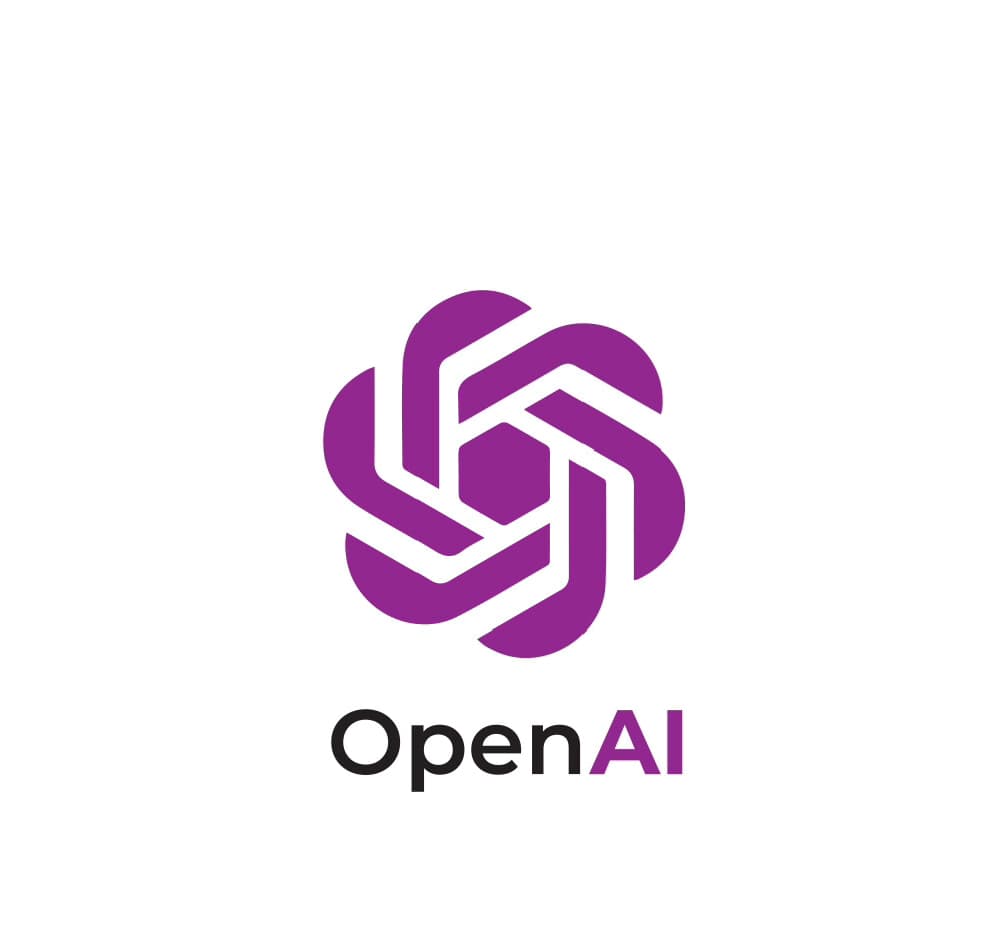
OpenAI API (GPT-3, GPT-4)

LangChain

RAG (Retrieval-Augmented Generation)
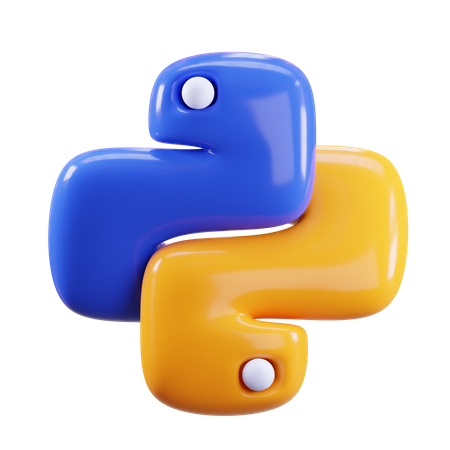
Python

Hugging Face Transformers
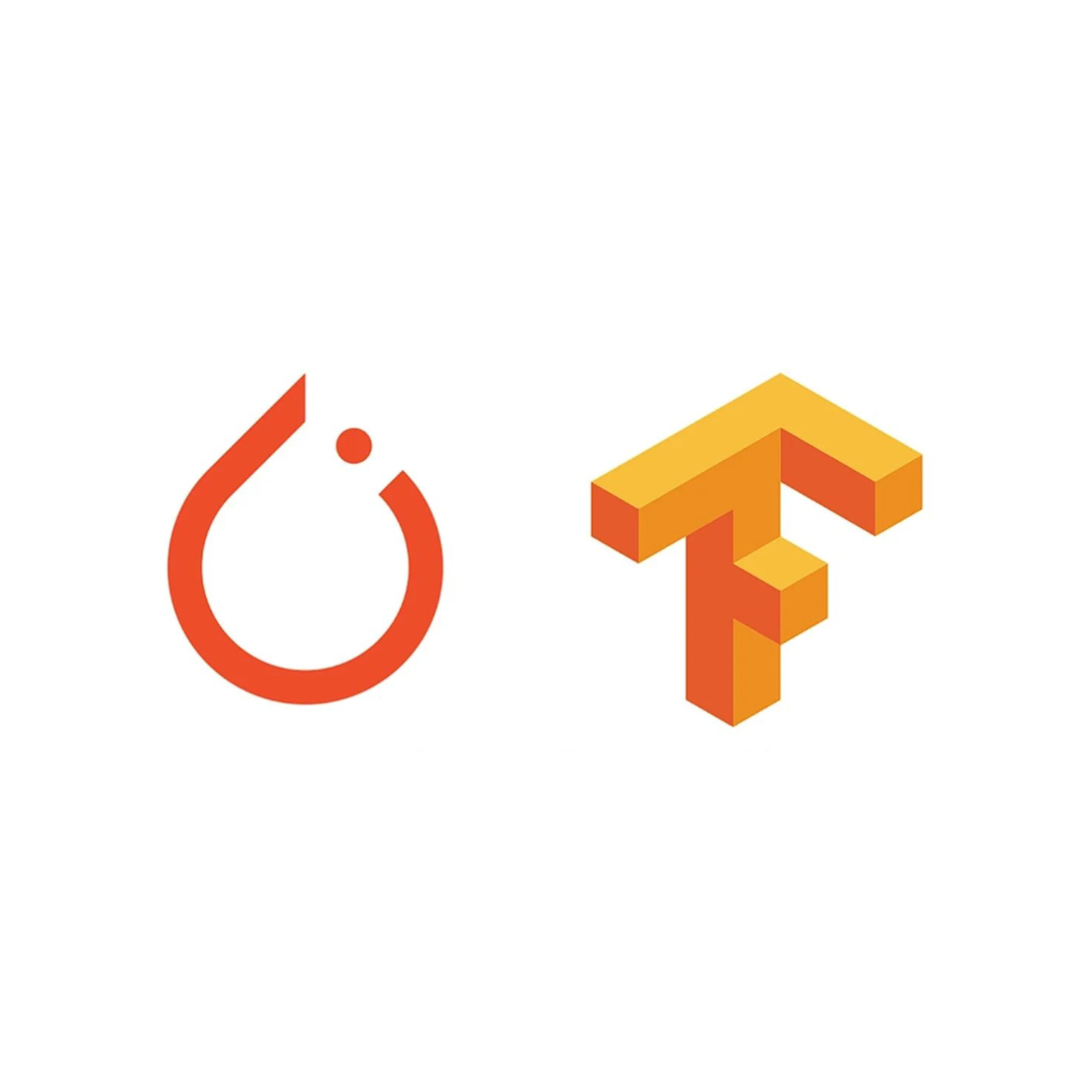
TensorFlow & PyTorch

Streamlit

Git

GitHub
Explore Top Categories
Unlock your potential with our live interactive classes taught by industry experts. Get your doubts clarified instantly and ensure you understand every concept thoroughly.
Our Students Reviews
Lorem ipsum dolor sit amet, consectetur adipiscing elit, sed do eiusmod tempor incididunt ut labore et dolore magna aliqua. Ut enim ad minim veniam.















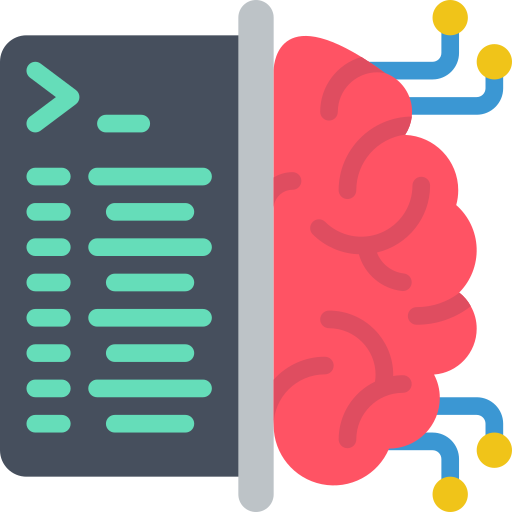
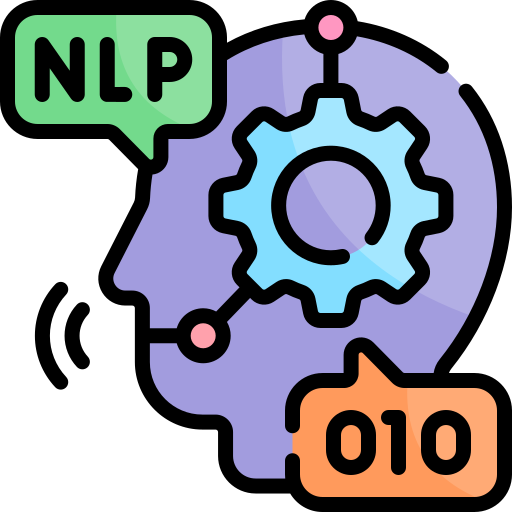
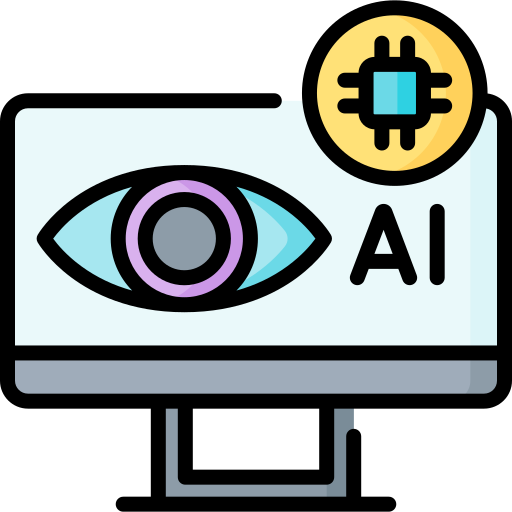







Josaph Manrty27 Oct 2019
" Commodo est luctus eget. Proin in nunc laoreet justo volutpat blandit enim. Sem felis, ullamcorper vel aliquam non, varius eget justo. Duis quis nunc tellus sollicitudin mauris. "
Rita Chawla2 Nov May 2019
" Commodo est luctus eget. Proin in nunc laoreet justo volutpat blandit enim. Sem felis, ullamcorper vel aliquam non, varius eget justo. Duis quis nunc tellus sollicitudin mauris. "
Adam Wilsom10 Nov 2019
" Commodo est luctus eget. Proin in nunc laoreet justo volutpat blandit enim. Sem felis, ullamcorper vel aliquam non, varius eget justo. Duis quis nunc tellus sollicitudin mauris. "